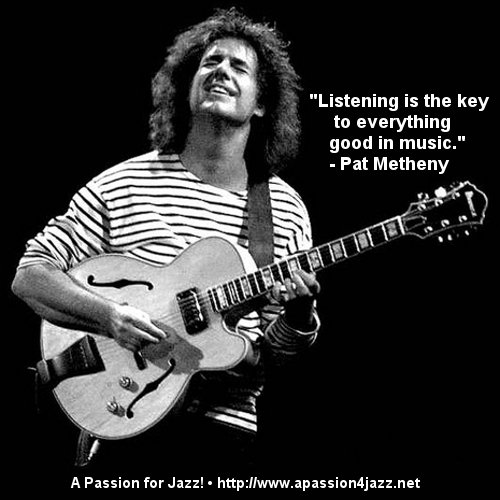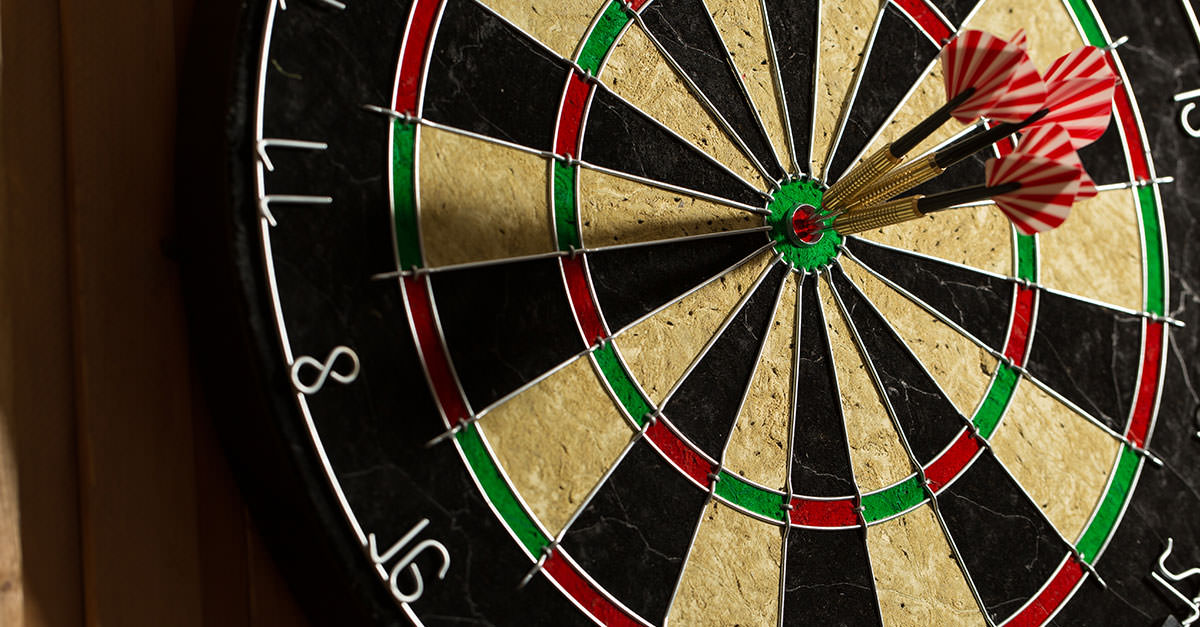Over a past few months I've worked with all kinds of musicians: singer-songwriters, bands, formations that were put together ad hoc for a one time thing, people who only use pedals and laptops and people who are into loops... Every time I work with someone new, I learn something new. That's the best way to learn new thing in music (either recording, producing or playing) and expand your own approach to how you percieve music and playing with other people. I couldn't help but notice a certain pattern amongst many of them that seems to be rooted in the very idea of what being a good musician means. The pattern has everything to do with playing in very firm structures.

I googled ''meandering'' and this photo showed up. It's a photo of a river meandering through a canyon. I put the picture here because I feel it best illustrates the point I'm trying to make. Looking at the river's flow, one can quickly notice that every river works the same way. It has a beginning and an end (although we cannot see it here) and everything happening in between is a loosely patterned flow meandering from left to right. Even though there seems to be a pettern of the river turning left - right and then left again, the turns are never the same. They can be narrow or broad and sometimes a lot of turns are all packed closely together before they become a straight line which eventually turns again. The metaphore of the river flow can be applied to how you play music.

Music is also structured. Of course, different kinds of music have different structures but it all comes down to dividing a whole into groups of smaller parts. If you look at the timeline above, we could say that the line is the duration of the song and the points along the line are a division of verses and choruses. We could also look at it another way. Let's say a line is our meter (eg. 4/4) and the points along the line indicate the emphasized beats. The line could also indicate a melody line being varied after a certain amount of time (repetition). The points could also indicate where the dynamics change or where to smack the cymbal, it's all a matter of terminology that is agreed upon. Anyway, there's a structure. Some genres like jazz are less structured than the pop songs we hear on the radio but there's mostly a sense of what's going on as the song progresses. There are also extreme types of music like stuff Ligeti or Penderecki would do but that's another story. What I've noticed is that most people play a very firm pattern inside the given structures rather than meandering like the river we talked about before and I think it has to do with a few different things.
THE IDEA OF WHAT BEING A GOOD MUSICIAN IS:

Here's a quote from Pat Metheny: LISTENING is the KEY to everything good in music. Lately, I feel a lot of musicians I come across seem to forget that crucial fact. LISTENING. People usually think that they will become good musicians if they practice a lot. And that's true. It's important to practice whenever you can as much as you can. But there's another thing. Many people practice alone and when they first play with somebody else, they tend to play in the same way they play when they are alone. That doesn't work. Music is a mutual process and when you play with somebody else you need to take that somebody in account. You must listen to what the other person does, listen to what you do, listen to how that interacts with his parts and how the entire thing works as a whole. It's all about communication. That's the part most people forget. They play for themselves with other people around. I think that is because many people feel becoming a good musician means being stuck in your room for months practicing until one day you get out and you're an insane musician. It doesn't really work that way. Practicing alone has its perks but I've learned the most while playing with other people.
IT'S SUPER IMPORTANT TO BE PRECISE

Here's a picture of a game of darts. The darts are all perfectly packed into dead center. That's sort of the definition of being punctual. Many musicians are trying to be as precise as possible. They try to stay in tempo and to hit the notes right on the bar. Again, that's a good thing and that's what we percieve as good and bad playing. If somebody is hitting the notes all over the place or constantly varying in tempo, it's just sloppy playing. But there's more to just staying in tempo and hitting the notes in the right places. There is a lot of ''empty space'' between the first bar and the last bar in a measure that can be played around with and used to sort of ''groove'' the music more. Someone with a ''good groove'' probably doesn't hit everything like a robot. There's a difference between being punctual and being able to''bend'' the structure to achieve more ''flow''. That's usually reffered to as ''phrasing''. It's the ability to stay within the rhythm and the tempo without always playing everything exactly right on point or even venturing in and out of both those things within a played piece of music. Here's an example:
You may or may not like Lou Reed, but notice what he does with the vocals, how it interacts with the backbeat and what the precussionist does.
Here's another example. It's John Hiatt's ''Cry Love''. Although the ''groove'' is firm, notice how the solo is played and how Hiatt plays the muted string afterwards.
I've been experimenting a lot with playing in loose structures and it changed the way I look at ''precise playing''. There's this ''riff'' I've been playing around with for the past couple of days. It's a very simple little tune that started as a classic 4/4 riff I played using a metronome. After a while, it started to sound a bit too rigid, predictable and boring and I began to think about how I could make it more interesting and more ''flowy''. I decided to ditch the metronome and to just play the tune the way I felt it at the moment. I was still playing the same piece of music and there was still a structure going on but it wasn't as firm as before. And that brings us back to the river. I trired to immitate those meanderings I spoke of before. It's sloppy, sometimes I hit the wrong notes but it has a lot of feeling. Of course, it's easire to play like that when you don't have a backbeat of any kind and you are completely on your own but it can be done with a backing beat as well, although to a smaller extent. Here's the track in question. This is the version with no beat whatsoever but I will also post another version where I will try to be as loose as possible with a drum beat below.
Please, feel free to comment and tell me if any of this makes sense to you.
Cheers!
It does make sense. The best musicality has so little to do with virtuosity or even competency with a particular instrument. Feel and sound and inventiveness , the "creative virtuosity" is so much more.
Downvoting a post can decrease pending rewards and make it less visible. Common reasons:
Submit
I absolutely love the metaphor of the meandering river as it relates to improvising within a musical structure. This post should be required reading for anyone playing in a band context (really any group musical context that is not going entirely from sheet music). I particularly like the example video from John Hiatt, his muted strumming (starting at 2:43) is such an easily understood and observable example of playing around within and outside of a rhythmic structure. I love your original track at the end, needs some kind of droning noises accompanying I think and maybe a dirge vocal :)
Much love - Carl
Downvoting a post can decrease pending rewards and make it less visible. Common reasons:
Submit
Thank you. I was afraid that maybe my point will no be as clearly understood as I intended it to be but seeing your comment I fear no more :) I'm not yet sure what this track needs. I agree it need some kind of droning noises and I think they need to be organic - maybe some chimes or something similar sounding.
Downvoting a post can decrease pending rewards and make it less visible. Common reasons:
Submit
Wow, now this is an article that has a lot of content in it. The value of something like this is just insane! Love it, upvoted and followed keep up the good work!
Downvoting a post can decrease pending rewards and make it less visible. Common reasons:
Submit
Thank you very much!
Downvoting a post can decrease pending rewards and make it less visible. Common reasons:
Submit